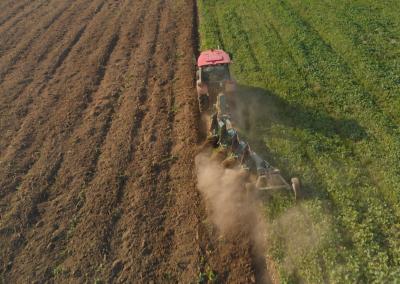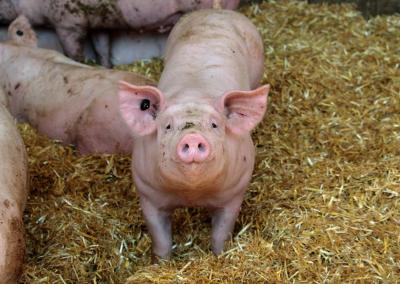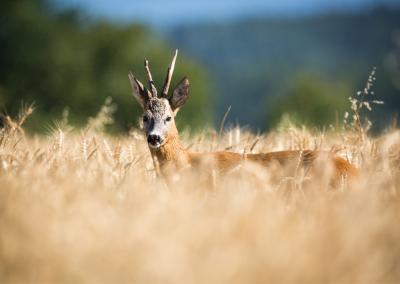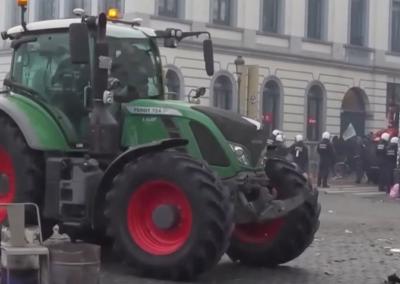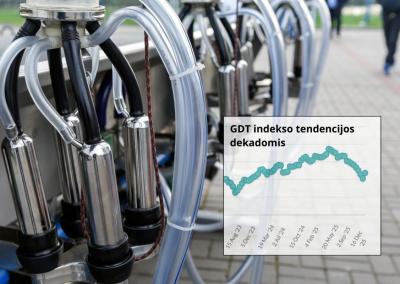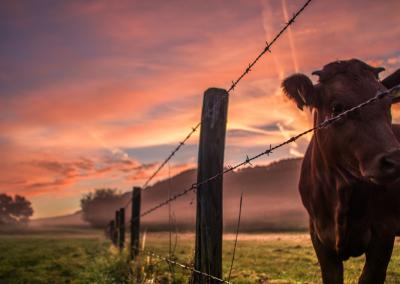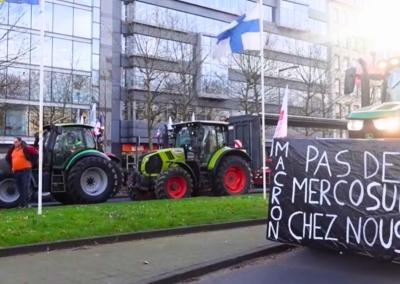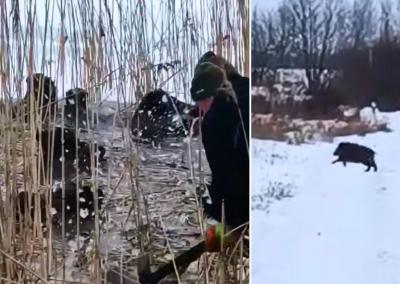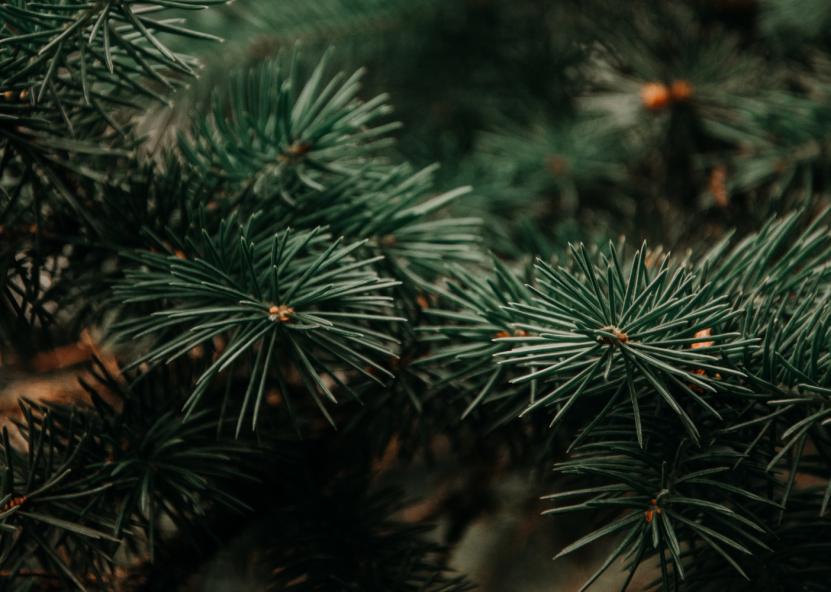Pine and bonsai - are they compatible?
Pines are often considered the ideal species for bonsai art for several reasons:
Resilience and longevity: pines are extremely hardy trees that can survive a wide range of climatic conditions. Their longevity makes them ideal for perennial bonsai projects.
Miniaturization possibilities: pine roots and branches can be shaped into spectacular miniature compositions, preserving the natural beauty of the tree.
All year round beauty: pine trees remain green all year round, so the bonsai tree will be beautiful in any season.
Symbolic meaning: many cultures associate the pine tree with strength, longevity and eternal life, so a pine tree bonsai can be a piece of art that is not only aesthetic, but also has a symbolic meaning.
What you need to know when growing pine bonsai:Pines: the most popular pine species for bonsai are the black pine (Pinus thunbergii) and the white pine (Pinus parviflora). Each species has its own characteristics, so you should consider your climatic conditions and experience when choosing.
Maintenance: pines like a sunny location and well-drained soil. They need regular watering, especially in summer. It is also important to prune branches and roots regularly to maintain the desired shape.
Pests and diseases: pine trees can be affected by various pests and diseases. Regular inspection and proper treatment will help keep your bonsai healthy.
Pine bonsai are an excellent choice for both beginners and experienced bonsai growers. If you want to grow a unique and long-lasting bonsai tree, pine is the perfect choice.
Pine bonsai is a very popular choice amongst bonsai enthusiasts because of its durability, resilience and ability to create spectacular miniature compositions. Its needles remain green all year round, so the bonsai tree will be a delight at any time of the year.
How much a pine bonsai costs can vary greatly depending on:
The age of the tree: older trees that have been shaped over many years tend to be more expensive.
Species: popular species such as black pine can be more expensive than rarer species.
Size: larger trees tend to cost more.
Shape: unique shapes and styles increase the value of a tree.
Root system: a well-developed and interesting root system also increases the price.
Grower's experience: trees grown by well-known bonsai craftsmen tend to be more expensive.
Beginner level: small, young pine bonsai can be purchased from a few tens of euros.
Intermediate level: medium-sized, already shaped trees can cost from several hundred to several thousand euros.
Collectible level: unique, old-fashioned trees can reach tens of thousands of euros or more.
Maintenance requirements for pine bonsai
To properly care for a pine bonsai, several special and routine measures will be needed. Here are some of the most important:
Pot: the bonsai pot must be specially adapted for these trees, with good drainage. They are often shallow and wide so that the roots can root well.
Soil: bonsai soil is specially prepared to be easy to work with and to hold moisture well. It is often a mixture of sand, peat and clay.
Waterer: use a small watering can with a narrow spout so that you can accurately water the soil without damaging the roots.
Trimming tools: you will need special tools for pruning bonsai: scissors, tweezers and wire.


